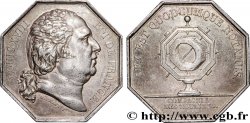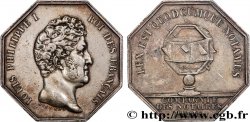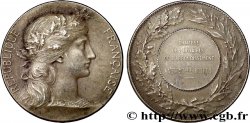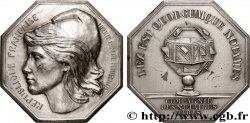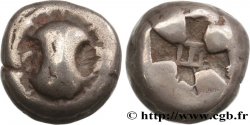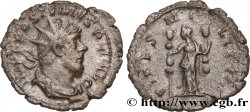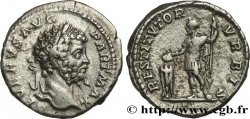fjt_079482 - NOTAIRES DU XIXe SIECLE Notaires de Lyon 1883
недоступный.
Товар уже продан в нашем интернет-магазине (2011)
Цена: : 18.00 €
Товар уже продан в нашем интернет-магазине (2011)
Цена: : 18.00 €
Тип Notaires de Lyon
Дата: 1883
Металл: silver
Диаметр: 32 mm
Ориентация осей монеты: 12 h.
Век: lisse
Пуансон: corne ARGENT
Комментарии о состоянии
Exemplaire superbe
Ссылки в каталоге: :
Лицевая сторона
Аверс: легенда: LES NOTAIRES DE L'ARRONDISSEMENT DE LYON.
Аверс: описание: Un code ouvert sur une main de justice, le miroir de la Prudence et deux épées en croix ; balance à gauche et deux mains étreintes au-dessus ; l'ensemble est entouré d'une branche de laurier et d'une palme attachée ; Signature SCHALLER. GR. PARIS.
Обратная сторона
Реверс: легенда: LEX EST QUODCUMQUE NOTAMUS 1883.
Реверс: Описание: Le gnomon sur une console portant la date 1883.
Реверс: перевод: (Est Loi ce que nous consignons).
Комментарий
Le Lerouge 175 se décompose en deux émissions, facilement reconnaissables au listel. La première émission présente un listel très haut, caractéristique des jetons du XIXe siècle.
La devise "Lex est quodcumque notamus" est une création du père Ménestrier en 1686 pour les secrétaires du roi qui ne s'en sont jamais servi. L'invention fut reprise par les notaires de Paris puis ensuite par les notaires de Province.
The Lerouge 175 is divided into two issues, easily recognizable by the rim. The first issue has a very high rim, characteristic of 19th-century tokens. The motto \\\"Lex est quodcumque notamus\\\" was created by Father Ménestrier in 1686 for the king's secretaries, who never used it. The invention was taken up by the notaries of Paris and then by the provincial notaries.
La devise "Lex est quodcumque notamus" est une création du père Ménestrier en 1686 pour les secrétaires du roi qui ne s'en sont jamais servi. L'invention fut reprise par les notaires de Paris puis ensuite par les notaires de Province.
The Lerouge 175 is divided into two issues, easily recognizable by the rim. The first issue has a very high rim, characteristic of 19th-century tokens. The motto \\\"Lex est quodcumque notamus\\\" was created by Father Ménestrier in 1686 for the king's secretaries, who never used it. The invention was taken up by the notaries of Paris and then by the provincial notaries.








 Cообщить об ошибке
Cообщить об ошибке Распечатать страницу
Распечатать страницу Отправить мой выбор
Отправить мой выбор Задать вопрос
Задать вопрос Consign / sell
Consign / sell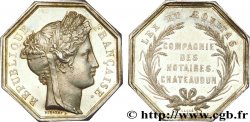
 Информация
Информация